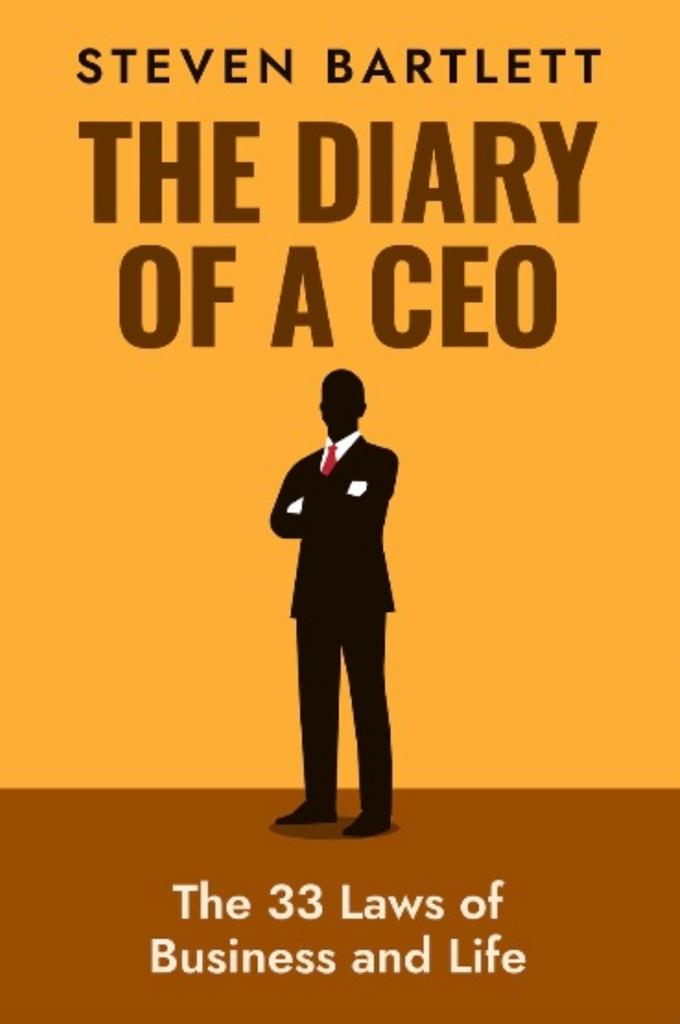“Flipnosis” by Kevin Dutton is a captivating exploration of the art and science of persuasion. Dutton, a renowned psychologist and researcher, takes readers on a journey through the intricacies of human psychology, revealing the techniques and principles that can be harnessed to influence others.
About Author: Kevin Dutton
Kevin Dutton is a British psychologist and writer. He has a Ph.D. in Psychology from the University of Cambridge and has held research positions at the University of Oxford and University College London. Dutton specializes in the study of psychopathy, persuasion, and social influence. He has published numerous scientific papers and has been a featured speaker at conferences and events around the world.
The book delves into the concept of “flipnosis,” a term coined by Dutton to describe the ability to flip people’s thinking or change their behaviour through persuasive techniques. Dutton draws upon his extensive research and real-life experiences to shed light on the power dynamics behind persuasion.
One of the standout features of “Flipnosis” is Dutton’s engaging writing style. He skilfully weaves together scientific research, captivating anecdotes, and personal insights, making complex psychological concepts accessible to readers of all backgrounds. Dutton’s passion for the subject matter shines through in his storytelling, ensuring that the book remains engaging from start to finish.
Dutton explores various aspects of persuasion, including the importance of empathy, the influence of body language, the role of storytelling, and the manipulation of emotions. Each chapter offers a fresh perspective on these topics, providing readers with valuable insights into the psychology of persuasion.
Dutton presents a balanced view of persuasion, acknowledging both its potential for positive change and its darker side. He outlines the ethical implications of using persuasive techniques and emphasizes the importance of responsible persuasion. This nuanced approach adds depth to the book, encouraging readers to reflect on their own beliefs and actions.
While “Flipnosis” offers a wealth of information and thought-provoking ideas, some readers might find the book overly dense at times. Dutton’s extensive use of scientific studies and research findings can occasionally make the reading experience feel academic. However, his engaging storytelling and real-world examples help to balance this, ensuring that the book remains accessible to a wider audience.
In conclusion, “Flipnosis” is a compelling exploration of the art of persuasion, written by an expert in the field. Kevin Dutton’s ability to blend scientific research, personal experiences, and captivating storytelling makes this book a thought-provoking read. Whether you are interested in understanding the psychology behind persuasion or simply want to gain insights into human behaviour, “Flipnosis” provides an insightful and engaging journey into the power of influence.











